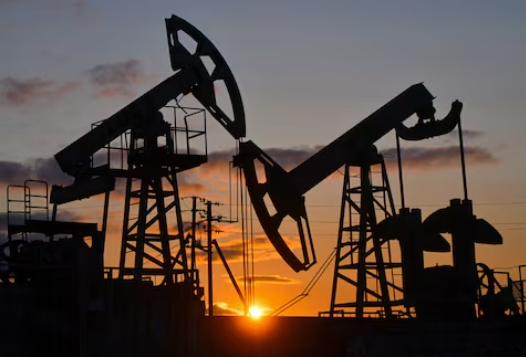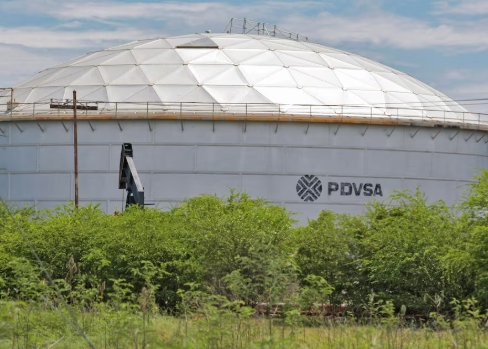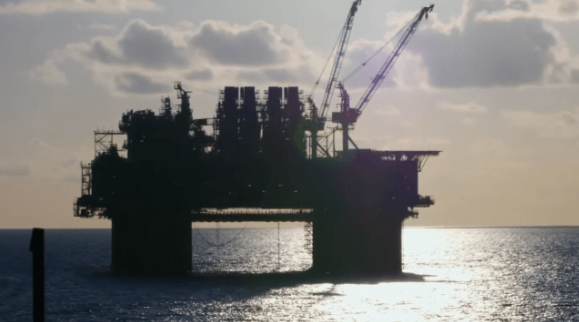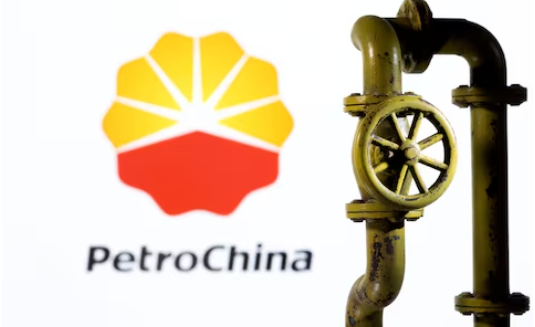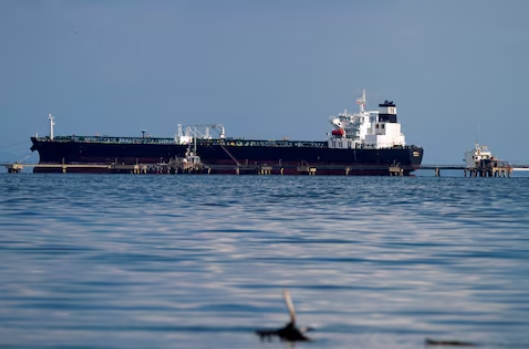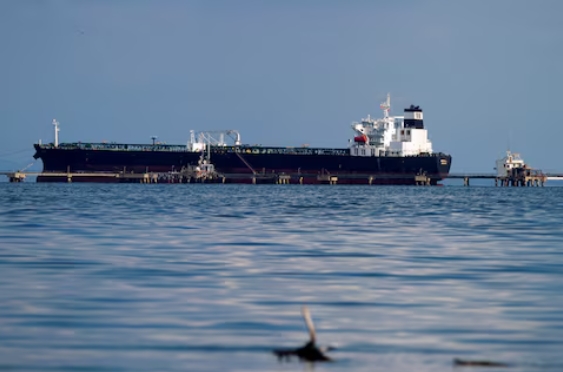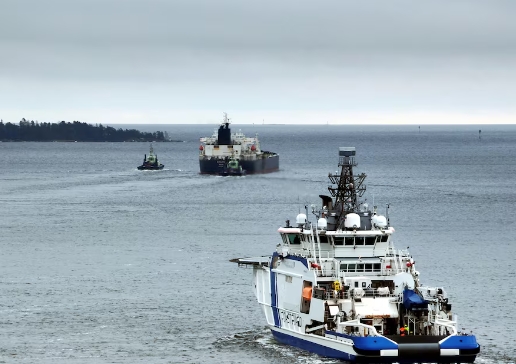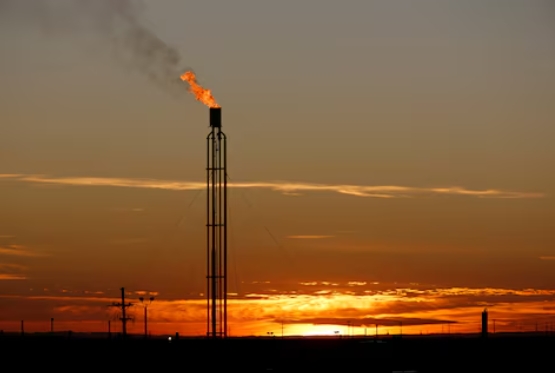The Philippines' Department of Energy (DOE) today received the International Atomic Energy Agency's (IAEA's) report on Phase 1 of its Integrated Nuclear Infrastructure Review (INIR) mission. Energy Secretary Alfonso Cusi said the country will now prepare a plan of action for the introduction of nuclear energy.
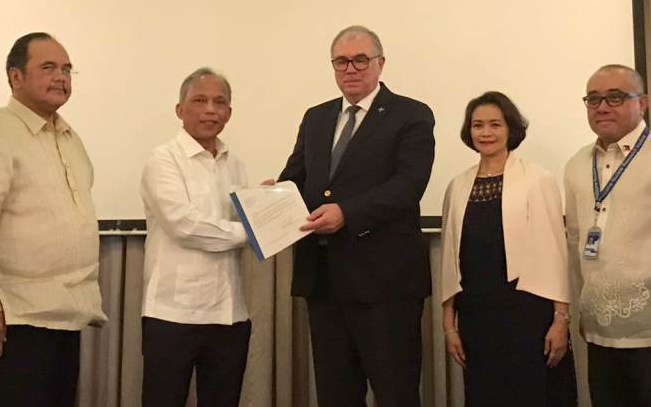 Chudakov (centre) presents Cusi with the INIR mission's final report (Image: Philippines DOE)
Chudakov (centre) presents Cusi with the INIR mission's final report (Image: Philippines DOE)
The IAEA concluded on 17 December 2018 an INIR in the Philippines at the request of the country's government. It reviewed the status of nuclear development using the Phase 1 criteria of the IAEA's Milestones Approach, a phased comprehensive method to assist countries that are considering or planning their first nuclear power plant to follow a sound development process for a nuclear power programme. The end of Phase 1 marks the readiness of a country to make a "knowledgeable commitment" to a nuclear power programme.
The DOE created the Nuclear Energy Programme Implementing Organisation (DOE-NEPIO) in October 2016 in compliance with IAEA policy guidelines. This organisation will "spearhead unified and coordinated efforts and activities relative to the conduct of various studies and research on the feasibility of nuclear energy development in the Philippines," DOE said.
At a hand-over ceremony today in Taguig City, Manila, Cusi received the INIR mission's final Phase 1 report from IAEA Deputy Director General Mikhail Chudakov.
The report contains the mission's initial findings on the country's existing good practices, undertaken improvements, as well as the Agency's recommendations and suggestions for the DOE-NEPIO's preparation of an Integrated Work Plan (IWP). "The IWP will answer all IAEA concerns should the government decide to pursue the utilisation of nuclear power as a potential source of energy for the country," DOE said.
"As recognised in the INIR mission report, there is a strong commitment from the government to a systematic approach to setting its nuclear power strategy and addressing the associated infrastructure development issues," Chudakov said. "I understand that a comprehensive law, addressing nuclear safety, security and safeguards, and establishing an independent regulatory body, is on the national agenda."
"With energy security at the cornerstone of our country's energy agenda, we need to bring to the forefront, intelligent, informed, and comprehensive dialogue on whether we could safely utilise nuclear power as one of our alternative sources to meet our ever-growing energy requirements," Cusi said. "For the past three years, we have been working hand in hand with the International Atomic Energy Agency to find clear answers to all our longstanding questions on nuclear power, most especially its safety aspect."
A meeting between the IAEA and the DOE-NEPIO to discuss the IWP is scheduled to take place on 12-15 November in Vienna, Austria. The IAEA said the meeting will identify areas where it can support national activities to implement the country's action plan.
"This is the beginning of a new phase of work because we have to prepare now our plan of action and we are going to present them to the IAEA, and they are going to audit us," Cusi was quoted as saying by Reuters.
Chudakov said: "This is encouraging and indicative of the commitment of the Philippines to make progress and to move the programme forward."
Electricity consumption is increasing steadily in the Philippines and additional baseload capacity is required to avert shortages. The DOE expects peak electricity demand to more than triple by 2040. "We are looking at all sources of energy," Cusi told Reuters. "We are hungry for power and we will tap any sources that would satisfy our own needs now."
Russia's Rusatom Overseas signed a Memorandum of Intent on 4 October with the DOE on cooperation on small modular reactors (SMRs). Under the agreement, the two parties will conduct a prefeasibility study on the construction of nuclear power plants in the Philippines based on SMR technology.
In response to the 1973 oil crisis, the Philippines decided to build the two-unit Bataan nuclear power plant. Construction of Bataan 1 - a 621 MWe Westinghouse pressurised water reactor - began in 1976 and it was completed in 1984 at a cost of USD460 million. However, due to financial issues and safety concerns related to earthquakes, the plant was never loaded with fuel or operated. The plant has since been maintained.
